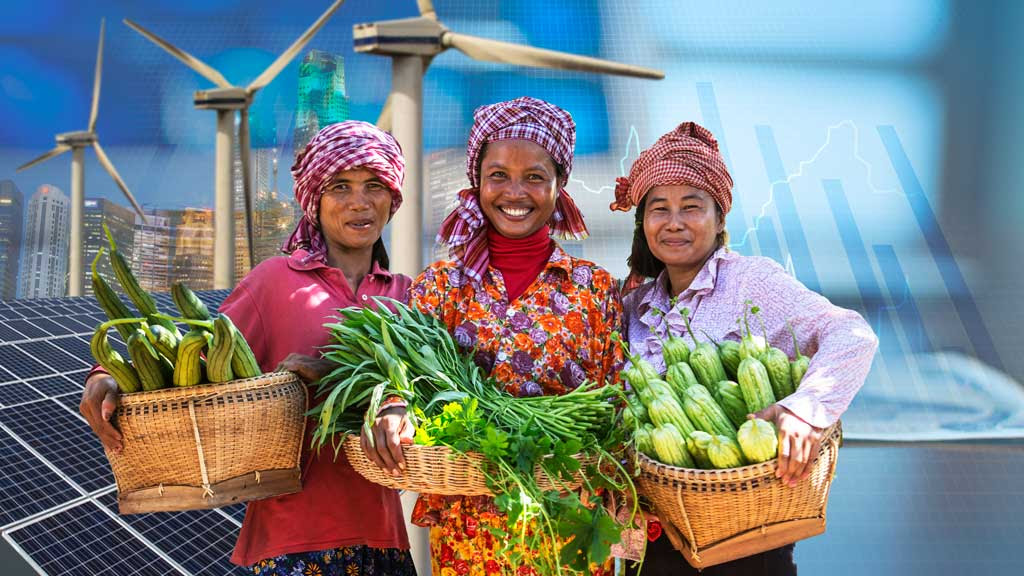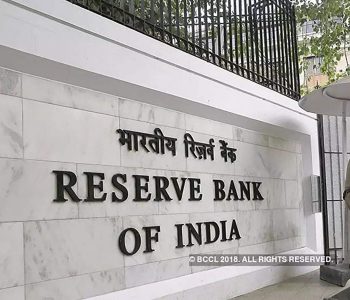Nepal sees significant reduction in poverty rate, according to NSO’s NLSS-IV report

KATHMANDU: In a positive turn of events, the recently unveiled ‘Nepal Living Standards Survey (NLSS)-IV’ by the National Statistics Office (NSO) reveals a notable decrease in the poverty rate, standing at 20.27 percent. This reflects a 4.93 percentage point reduction compared to the figures from 12 years ago.
The report, presented on Monday, discloses that out of a population of 29,164,000, approximately 5.911 million individuals are living below the poverty line. However, officials express concern as the decline did not meet expectations, attributing it to the lingering impacts of both the earthquake and the COVID-19 pandemic.
Vice-Chairman of the National Planning Commission, Min Bahadur Shrestha, emphasized the unexpected challenges faced due to these disasters, impacting the overall poverty rate.
The provincial breakdown indicates Sudurpashchim as having the highest poverty percentage, standing at 34.16 percent, while Gandaki Province reports the lowest at 11.88 percent. Karnali Province follows closely behind with 26.69 percent, and other provinces exhibit varying rates.
The NSO’s Hem Raj Regmi notes a revision in the methodology, with the new poverty line set at an annual consumption expenditure of Rs 72,908 per capita, up from Rs 42,845. The calorie measurement remains at 2,236 kCal per capita per year, compared to the previous threshold of 2,220 kCal in 2010/11.
Further insights from NLSS-IV show a shift in spending patterns, with food expenditures decreasing from 62 percent to 53 percent, while non-food items see an increase from 38 percent to 47 percent.
On the infrastructure front, the electrification ratio has surged from 70 percent to 94 percent over the past 12 years. Accessibility to community hospitals has improved, with the average distance decreasing from 13.9 km to 9.3 km. Additionally, the accessibility to black-topped roads has significantly reduced from 14.01 km to 4.16 km.
The NLSS-IV report is based on a survey of 9,600 households conducted over one year, spanning from mid-June 2022 to mid-June 2023.














Facebook Comment